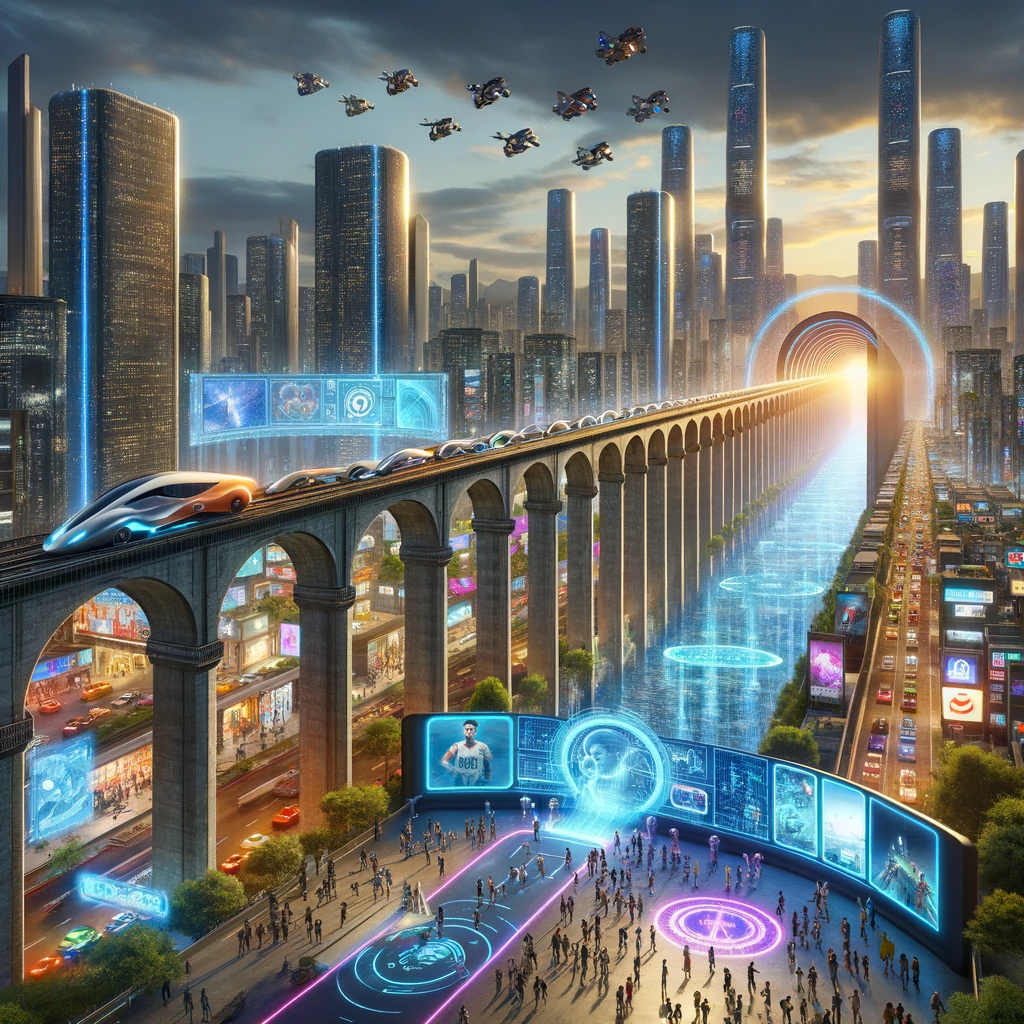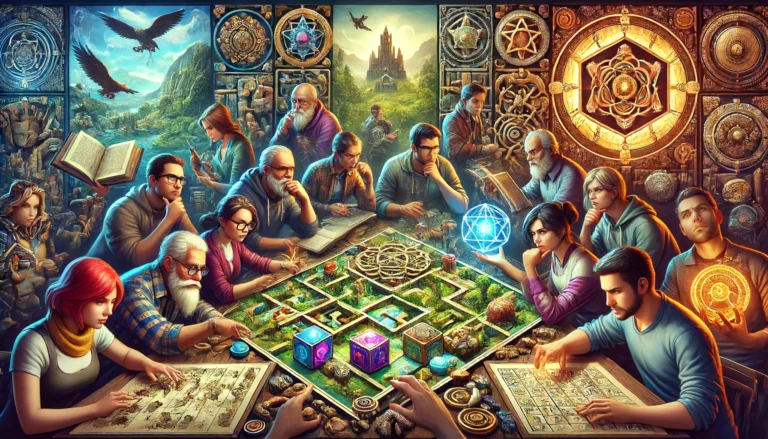In a world where digital technology seamlessly blends with every aspect of our lives, the future of digital entertainment holds unprecedented potential. This is particularly true for unique venues like aqueducts, where history and technology can intertwine to create extraordinary experiences. ‘The Future of Digital Entertainment’ is not just a concept; it’s a gateway to reimagining how we interact with historical spaces, especially aqueducts, transforming them into vibrant hubs of digital interaction.

Historical Context and Evolution
Aqueducts, the architectural marvels of ancient civilizations, have long stood as symbols of historical and cultural significance. Today, these structures are experiencing a renaissance, not just as relics of the past but as canvases for digital art and entertainment. By integrating digital technologies, these ancient structures are being repurposed, offering visitors a unique blend of history and cutting-edge entertainment.
Current Trends in Digital Entertainment
The integration of Virtual Reality (VR) and Augmented Reality (AR) in aqueducts exemplifies the current trends in digital entertainment. These technologies offer interactive and immersive experiences, allowing visitors to step back in time or engage in fictional worlds crafted around the aqueducts’ unique architecture. From VR tours that recreate historical events to AR games using the aqueducts as a backdrop, the possibilities are endless.
Innovative Technologies and Future Predictions
Looking forward, we can anticipate the emergence of more advanced technologies like holographic displays and fully immersive environments within aqueduct entertainment. These innovations could enable even more engaging and interactive experiences, such as holographic performances that appear to interact with the physical space or multi-sensory environments that transport visitors to entirely different worlds, all within the bounds of these ancient structures.
Case Studies and Real-World Applications
Successful implementations of digital entertainment in aqueducts already exist. For instance, a light show in an ancient aqueduct in Europe projected historical narratives onto the structure, blending storytelling with visual spectacle. Another example is an interactive installation where visitors manipulate digital content through motion sensors, creating a dynamic and participatory form of entertainment.
Challenges and Considerations
While the fusion of digital entertainment with historical sites offers exciting opportunities, it also presents challenges. Preserving the integrity and historical value of aqueducts while integrating modern technology is a delicate balance. Solutions involve using non-invasive technologies and ensuring that digital installations are designed to complement, not overshadow, the historical significance of these sites.
Conclusion
The future of digital entertainment in the context of aqueducts opens a new chapter in how we experience both history and technology. It’s a fusion that respects and revitalizes our cultural heritage while pushing the boundaries of what entertainment can be. As we continue to innovate, these ancient structures will not only stand as reminders of our past but also as beacons of future possibilities.


